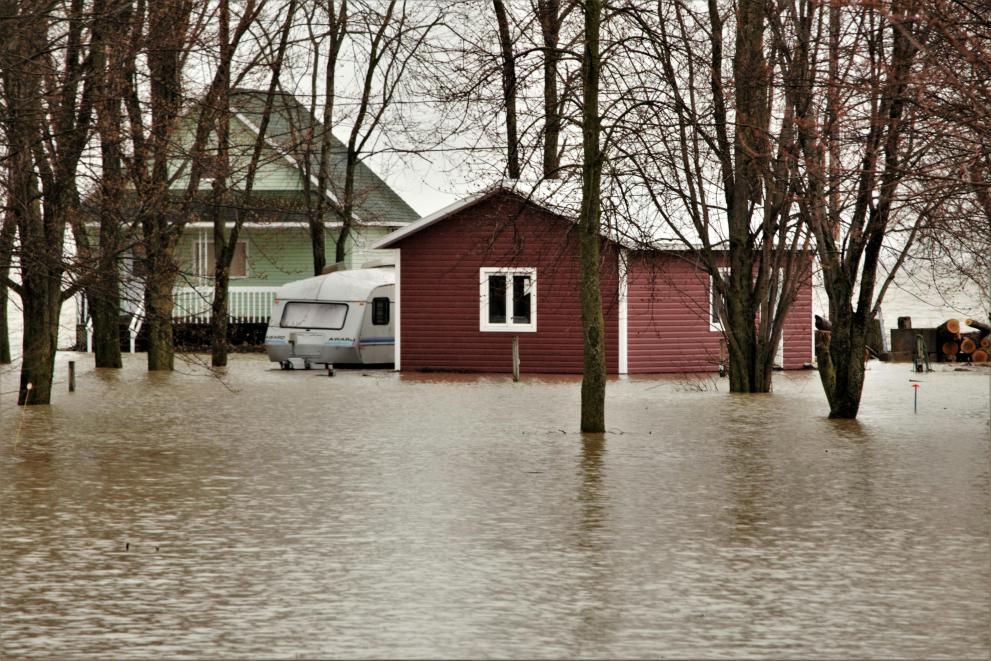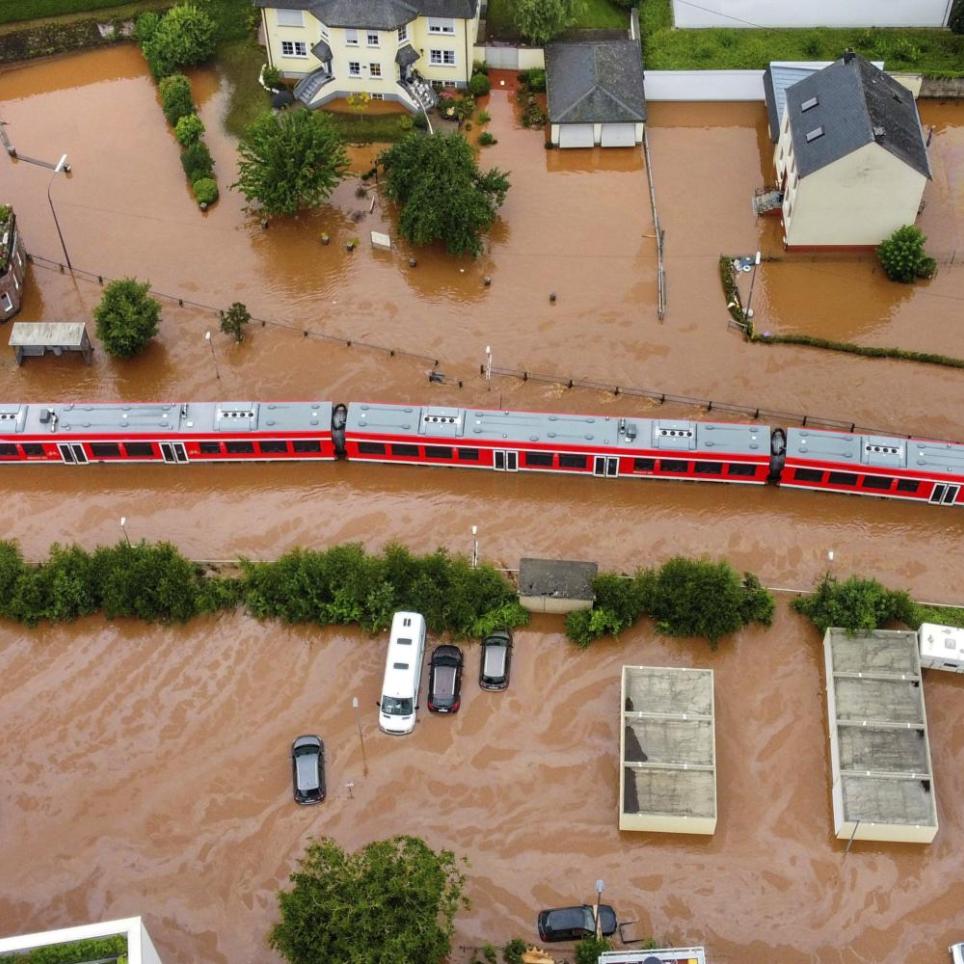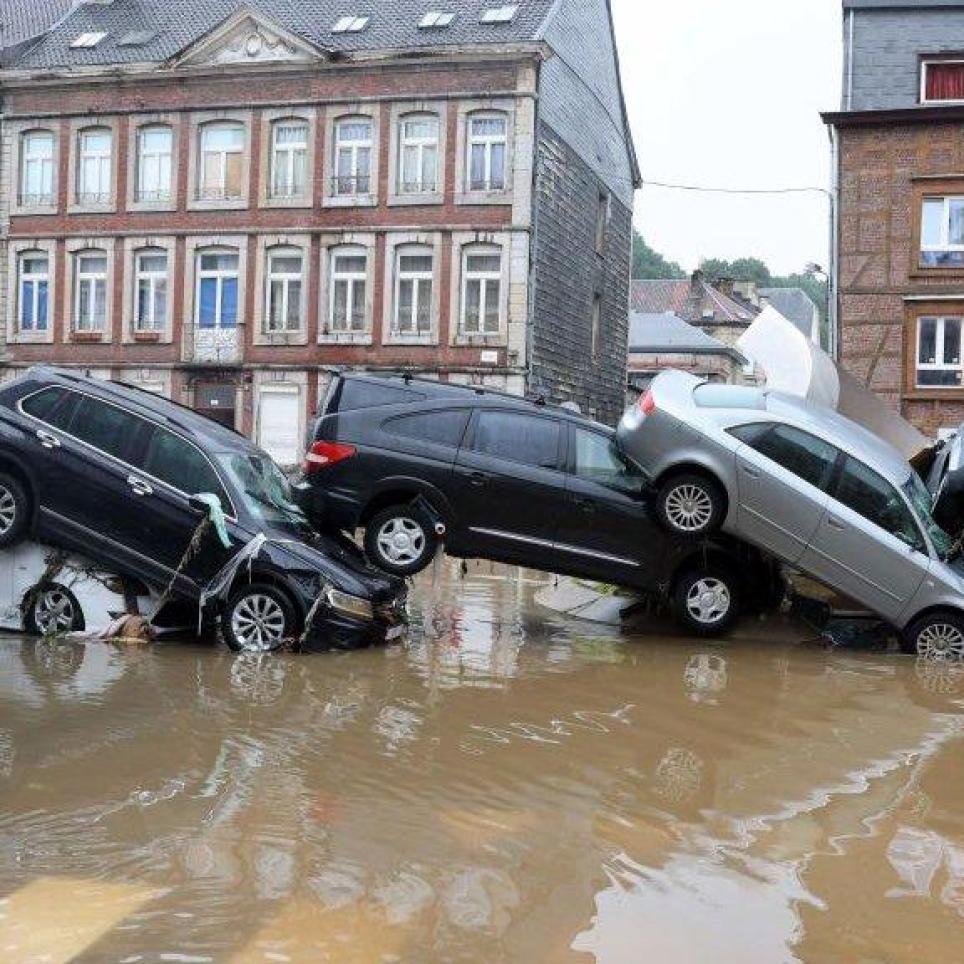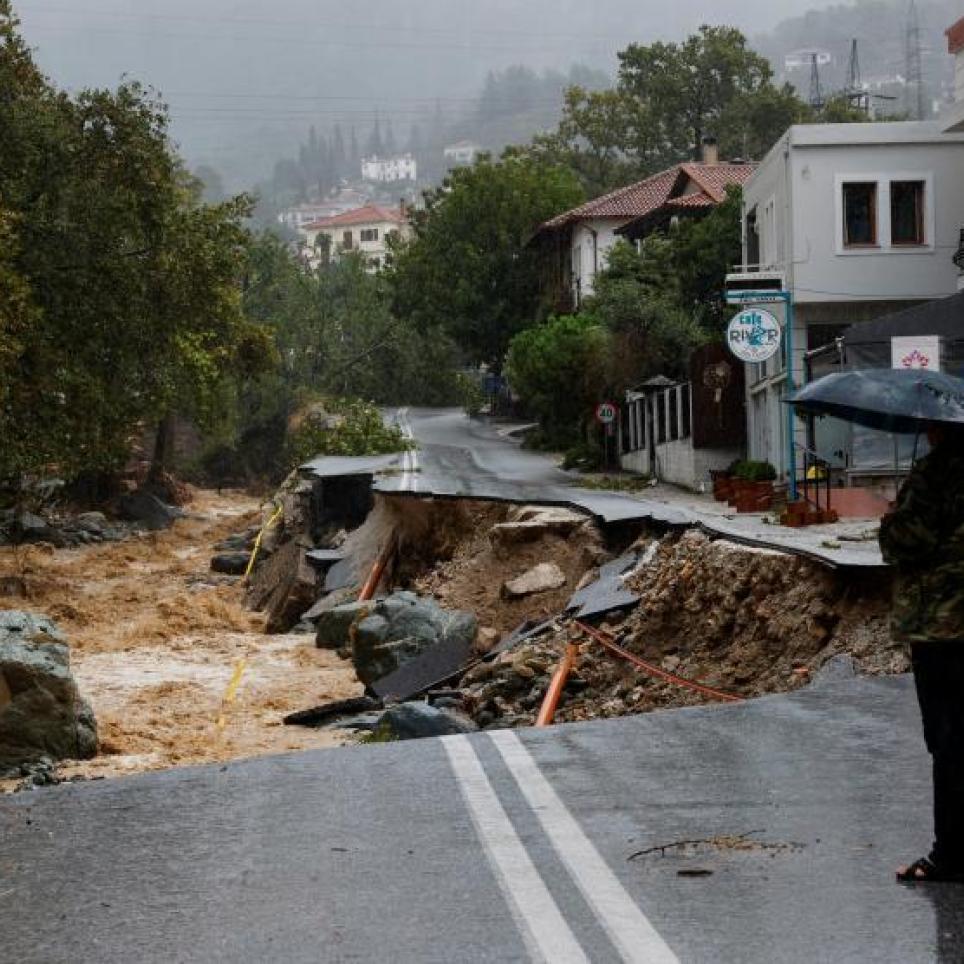
Floods are one of the natural disasters that can cause the most damage to a population. These natural phenomena cost a lot of money every year due to the material damage they cause. Civil protection is responsible for ensuring that major natural disasters cause the least possible material and human damage in a territory. By means of the integration of Self-Protection Plans, and Management Plans, it is possible to minimise the risks caused by floods.
Thanks to Civil Protection Plans, we can better control situations in the face of natural risks such as flood risk, forest fire risk, etc. Civil Protection Plans are planning tools that establish the proper functioning and organisation of human and material resources in order to ensure a good response to an emergency or serious risk that cannot be controlled.
All societies are faced with new risks that are becoming more serious every day. Some are caused by climate change, such as large forest fires, more frequent floods, more aggressive adverse meteorological phenomena, etc. Other risks are caused by industrial development itself. These aggravated risks require an increasing number of multidisciplinary actions, in which participation is of great importance.
The problem lies in the fact that this need for greater coordination occurs in a context in which the different actors live more disconnected. We do not have coordination tools that are assumed by all participants. One possible solution to consider would be to strengthen coordination through civil protection plans.

Through efficiency and cooperation between the different European States, we can minimise the consequences of floods and thus combat the problem. The aim of the measures to mitigate these consequences is to reduce the risk as much as possible by means of preventive measures on the human side.
Collaboration between European countries is essential to improve flood management. The unification of criteria and procedures between countries enables rapid action to be taken with the aim of minimisng the impact of a catastrophe. The European Flood Alert System (EFAS) was created, which provided information to member countries for medium-range flood forecasting or indicators of possible flash floods through its tools.
Within its structure we have:
1.Computational centre, which is in charge of executing the forecasts.
2. Dissemination centre. This analyses the EFAS and is in charge of distributing the information to the Emergency Response Coordination Center (ERCC).
3. Hydrological data collection centre, which is in charge of collecting historical and real-time data on river flows and water levels in Europe.
4. Meteorological data collection centre, which collects historical and real time data on temperature, rainfall frequency, etc. CERC's function is to coordinate and plan a short response to a catastrophe.

Conclusions
Floods are natural processes that occur recurrently and are inevitable, but the damage they cause can be avoided or their consequences reduced through urban planning, by moving houses away from areas that can easily flood. Land management together with planning, action and management criteria is the key to reducing these natural processes in the territory. Education in schools, colleges and universities and information to citizens can reduce their exposure to hazards and therefore reduce the risks of these natural disasters that can cause great harm to the population.
With the climate change that we are experiencing and that will increase over the years, the emergency systems together with the rescue and aid teams will have to prepare themselves even more and also adapt to the new changes that will occur in the coming years. The Civil Protection in our country is in charge of mitigating the effects that can produce the floods, by means of emergency plans in which its function will be to reduce the risks since these cannot be avoided.









